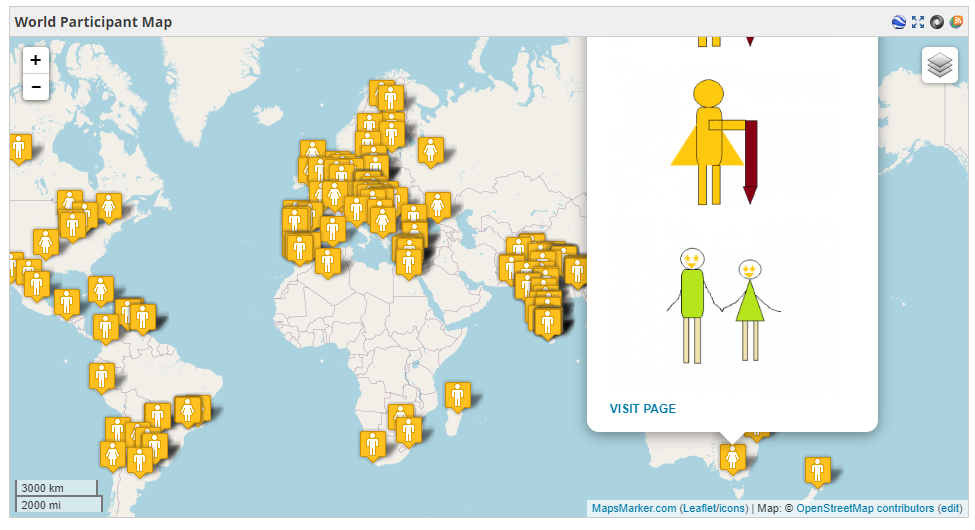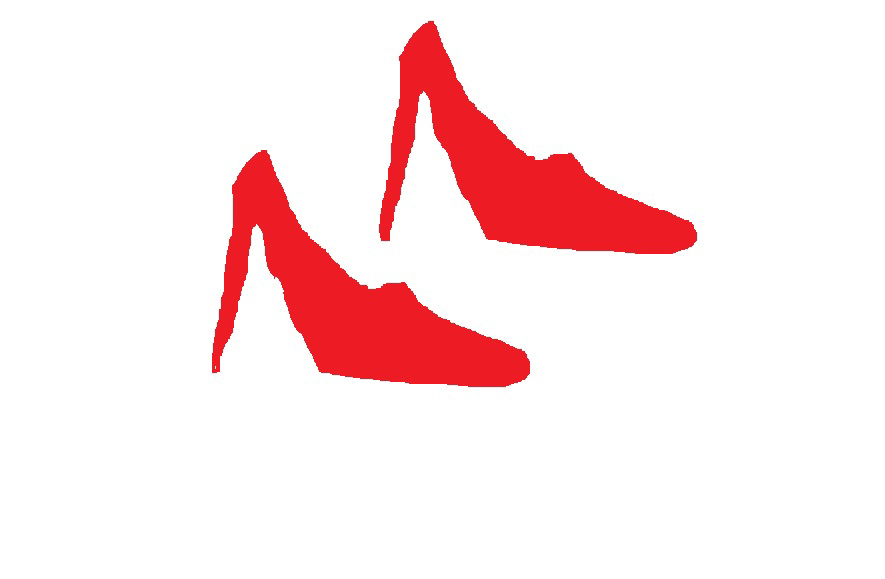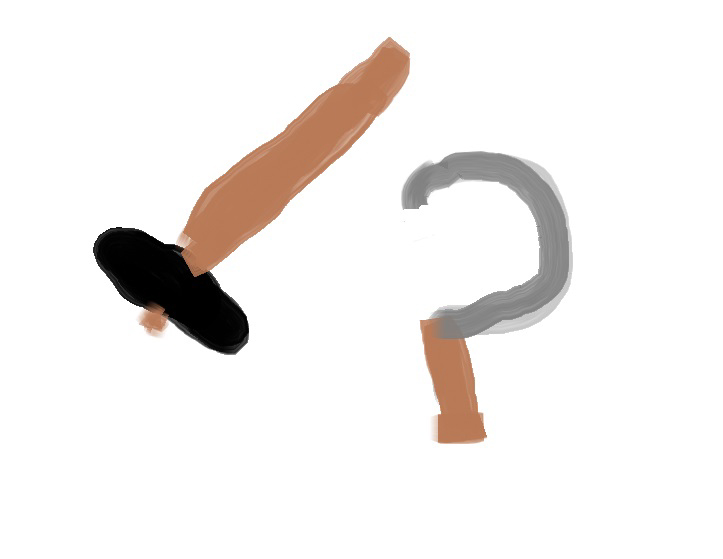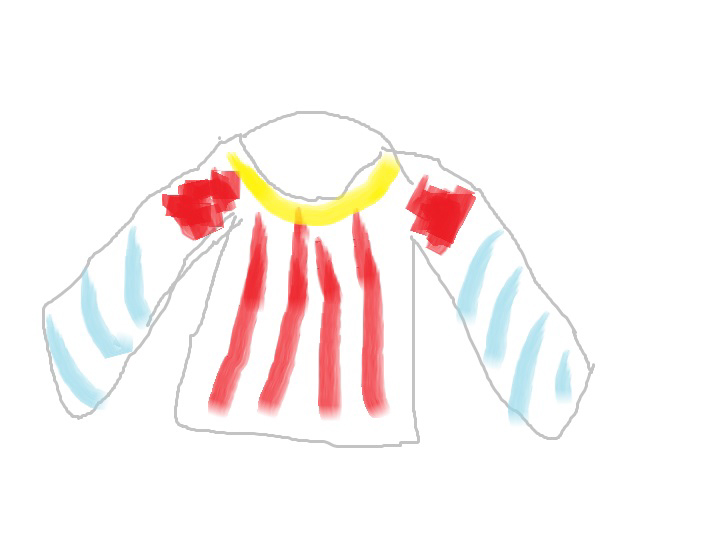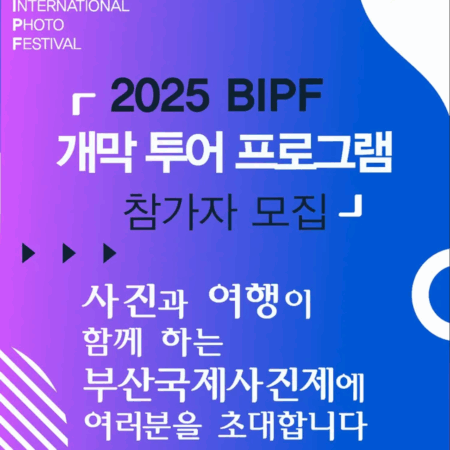Crowdsourcing Global Culture
In the age of information, imagery continues to be consumed and circulated at exponential rates, influencing and changing global flows of information that parallels Internet communication technology as it penetrates and gains ubiquity in new regions. To investigate the visual, media, and cultural phenomena that lie within these globalized pictorial exchanges, a flexible, visually based inquiry is essential. This paper provides an overview of a novel visual methodological approach to research, and reviews the most impactful findings from the 2017 winner of the Elliot Eisner Research Award. The qualitative visual-ethnographic study was conducted over the Internet and aims to help inform visually based literacy and media studies and further image-based research methodologies. The researcher collected over 1,500 drawings from 61 countries diverse in geography and culture. Through an interpretive and visual content analysis of the drawings, the researcher reveals fresh insights into the visual-textual relationship, identity, and representation in a globalized context, specifically looking at emergent tensions between local and global ways of interpretation and meaning construction online. The researcher also remarks on the perils of being visually ignorant in a visually dominant world, making connections between visual consumption, Internet giants, and the “filter bubble.”
McMaster, Scott R. (2018). Crowdsourcing Global Culture: Visual Representation in the Age of Information. Visual Arts Research, 44(2), p.53-66.
